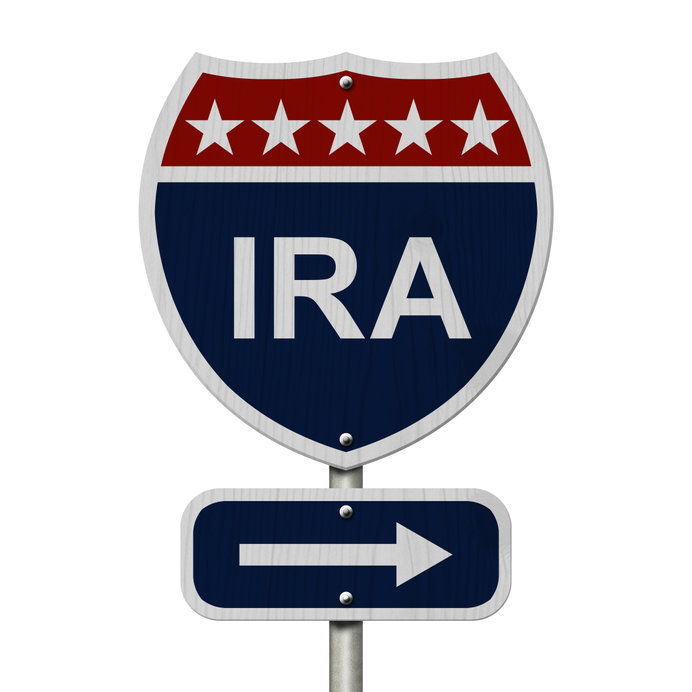1. Not taking advantage of the Stretch distribution option or not establishing it properly
The Stretch IRA is a way for each IRA beneficiary to maximize the payout period over his or her entire life expectancy. Properly designating beneficiaries and informing them of the IRA owner’s “Stretch” intentions are key to making this strategy work.
2. Not naming or updating IRA beneficiaries
Not listing primary and contingent beneficiaries may result in the distribution of the IRA assets to the IRA owner’s estate, resulting in accelerated distribution and taxation. Not keeping beneficiary designations current and coordinating them with other estate planning documents can also lead to conflicts and unintended results.
3. Making inappropriate spousal rollovers
Most IRAs list the owner’s spouse as the primary beneficiary. One of the most popular strategies for a spousal beneficiary is simply to roll the inherited IRA into his or her own IRA. But in some cases it can be more tax efficient for a surviving spouse to keep the IRA as an inherited beneficiary IRA or disclaim the assets, thereby allowing them to pass to the contingent beneficiary.
4. Not using a direct transfer
There are two ways to move funds between IRAs: indirect rollover or direct transfer. In an indirect rollover, you withdraw funds from one IRA and deposit the same amount into another IRA. This must be completed within 60 days and can only be done once a year. Also, a nonspouse beneficiary cannot do an indirect rollover. A failure to follow these rules could result in a taxable distribution. In a direct transfer, a financial institution issues payment directly to another financial institution; this is not subject to the 60-day/once-a-year rules of indirect rollovers.
5. Rolling low-cost-basis company stock into an IRA
Distributions from a qualified plan such as a 401(k) are generally taxed as ordinary income. If company stock is rolled into an IRA, future distributions are taxed as ordinary income. If, instead, the company stock is taken as a lump-sum distribution from the qualified plan, only the cost basis of the stock is taxed as ordinary income. (Note: The distribution must be taken as stock, not cash.) Unrealized capital appreciation (the difference between the cost basis and current fair market value) is not taxed until the stock is sold, at which time it is taxed as long-term capital gains, which for many is a lower rate than ordinary income. Be sure to talk with your tax advisor. Keep in mind that there are advantages and disadvantages to an IRA rollover depending on the investment options, services, fees and expenses, withdrawal options, required minimum distributions, tax treatment and your unique financial needs and retirement goals. Your advisor can assist in determining if a rollover is appropriate for you. If any of these issues apply to your situation, be sure to discuss them with your financial advisor, accountant, or attorney so you can avoid what might be a costly mistake.
6. Not taking advantage of a Roth IRA
A Roth IRA is a potentially valuable retirement resource. Not only are qualified withdrawals tax free, but Roth IRA distributions do not impact the taxability of Social Security, and Roth accounts pass to beneficiaries tax free as long as the account is at least five years old. There are income limits that affect eligibility for a Roth IRA, so be sure to discuss this option with your financial advisor.
7. Not taking advantage of maximum contribution limits
The contribution limit for 2018 is $5,500. For 2019 it is $6,000. IRA owners age 50 or older can make an additional $1,000 catch-up contribution.1
8. Assuming that a nonworking spouse cannot contribute
The truth is that separate “spousal” IRAs may be established for spouses with little or no income up to the same limits as the working spouse.
9. Missing important dates
Estate taxes, if applicable, are due nine months after the IRA owner’s death. The same deadline applies to beneficiaries who wish to disclaim IRA assets. By September 30 of the year following the year of the owner’s death, the beneficiary whose life expectancy will control the payout period must be identified. Generally, IRA beneficiaries who want to receive distributions over a life expectancy must begin taking required distributions by December 31 of that same year.
10. Taking the wrong required minimum distribution (RMD)
Once IRA owners reach their seventies, they are required to take the RMD out of their accounts each year, based on the value of all their non-Roth IRAs. Those who do not take enough out each year may be subject to a federal income tax penalty of 50% of the amount that should have been taken as an RMD but was not. Consolidating retirement assets may make it easier to manage these distributions.
11. Placing the title of an IRA in trust
Making a trust the actual owner of an IRA causes immediate taxation — including the 10% penalty tax if the IRA holder is under age 59½.
12. Paying unnecessary penalties on early (before age 59½) IRA distributions
As long as withdrawals are made in accordance with the requirements of IRS Code Section 72(t), there is no need to pay penalties on distributions from IRAs taken before the owner is age 59½. Section 72(t) allows for three calculation methods to determine substantially equal periodic payments based on the owner’s life expectancy. Payments must continue for five years or until age 59½, whichever is the longer period of time.
1 Source: https://www.irs.gov
Securities and advisory services offered through LPL Financial, a registered investment advisor. Member FINRA/SIPC.

